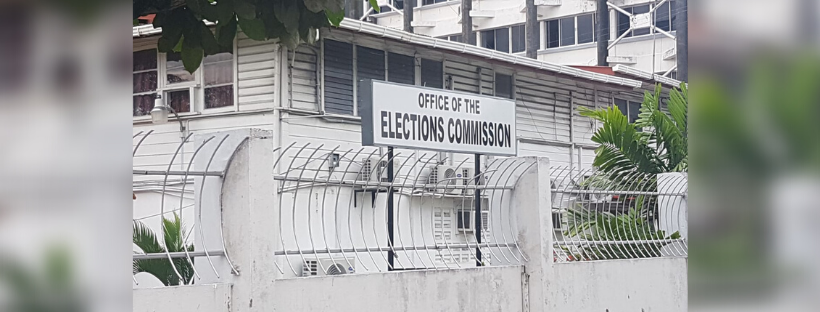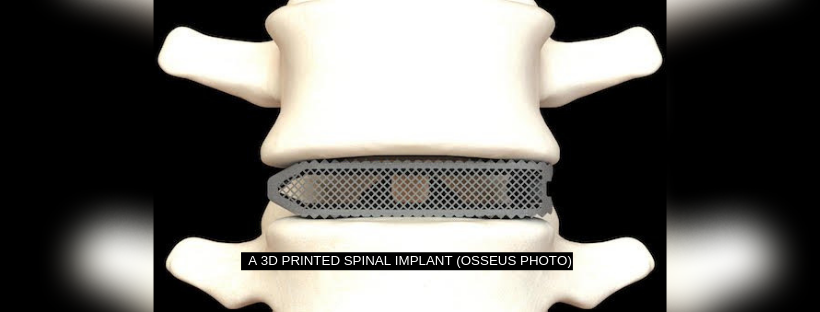Road accidents and falls have been known to cause many spinal injuries which require intricate surgeries and many therapy sessions before an individual can regain mobility, if at all.
It is usual for spinal injuries to manifest with severe pain which can even make needed therapy excruciating for their victims.
But as you can guess, medical advancement has been paving the way to address such distressing injuries.
Based on reports, the aim of this advancement is not only to reduce the associated pain patients with spinal injuries suffer but it can even shorten the period of their recovery.
Intriguing to note is the fact that that astounding development takes on the form of 3D-printed spinal implants.
Founded in 2012 by Eric Hansen and Robert Pace, a company in Texas, United States called Osseus Fusion Systems, has been focusing on the development of advanced medical products for spinal related injuries. One of the company’s key goals is using new, emerging technologies such as additive manufacturing, to improve the quality and capabilities of its products.
The medical device company has received FDA clearance for its family of 3D printed spinal implants known as Aries which is detailed on its web page: https://www.osseus.com/press/.
The Aries lumbar inter-body fusion devices are printed from titanium material, which is optimized for bone fusion and biological fixation. These devices are 3D printed using the company’s proprietary 3D printing technology called PL3XUS, which uses powder bed fusion to build parts in titanium.
Aries devices have a porosity of 80 percent. This means that it has the capacity to allow the spine tissue to grow through the spinal implants and fixate better. This is said to allow for accelerated healing and better bone growth, the company professes.
Since the device comes with a mesh for better bone cell fixation and proliferation it caters to enhanced visibility on x-rays.
What is particularly astonishing too is the fact that the implants are available for lateral, anterior, straight and curved spinal injections. According to the company, each Aries device is said to come in a wide variety of heights and lordotic (inward spinal curvage) angles, adaptable for a variety of patient anatomies.
“The clinical benefits of 3D printed titanium (implants) speak for themselves and Osseus is poised to capture market share in an exponentially growing industry like never before,” said Eric Hansen, co-founder and CEO of Osseus.
Even as the company looks to take the spinal implant international, it has been busy promoting it and has already hinted at plans to soon release several other 3D printed medical devices in the near future.
This latest development could essentially be the salvation for many spinal injury victims, who battle, sometimes for far too long, to return to a fraction of their former self.













